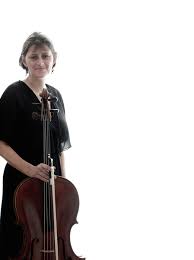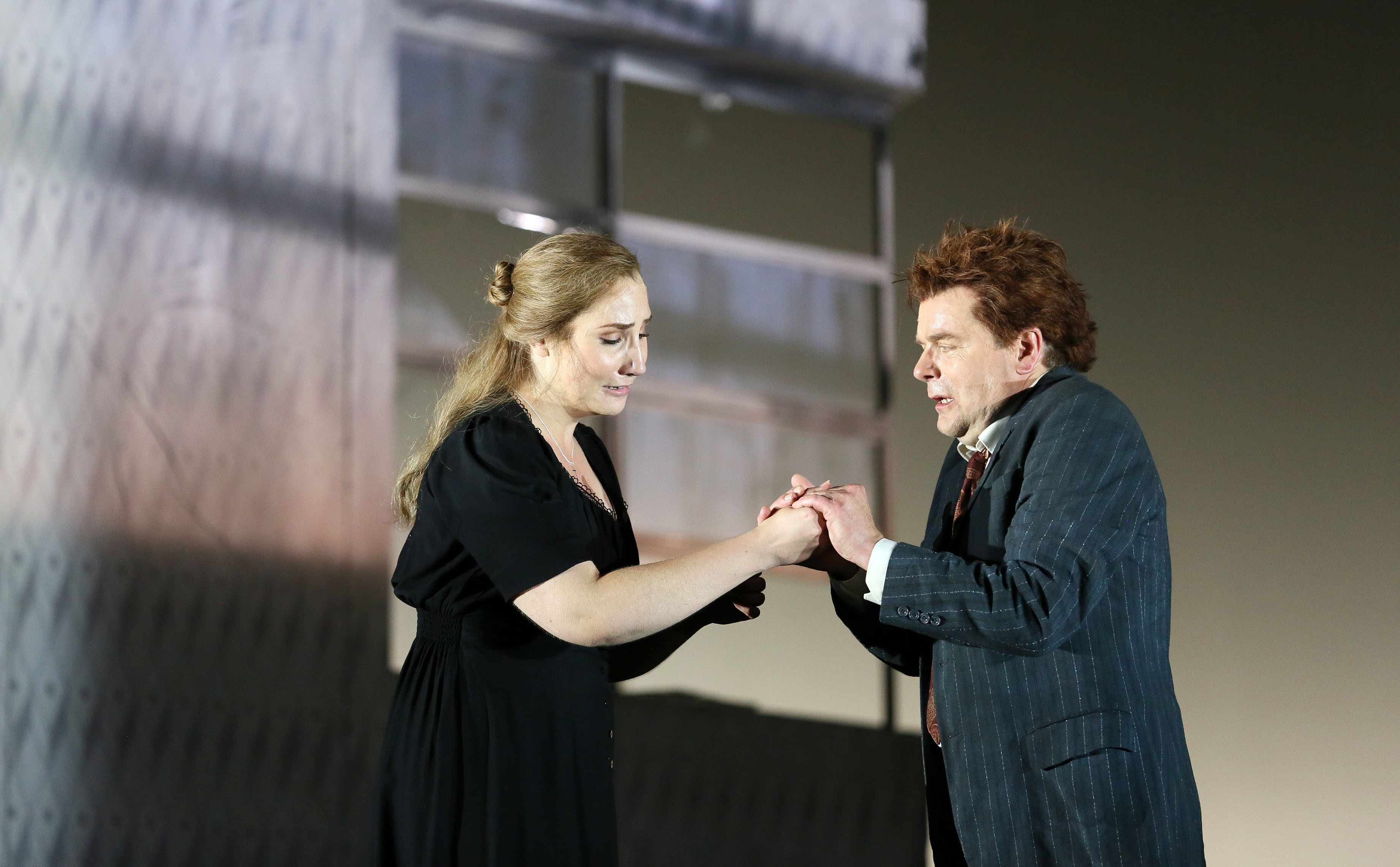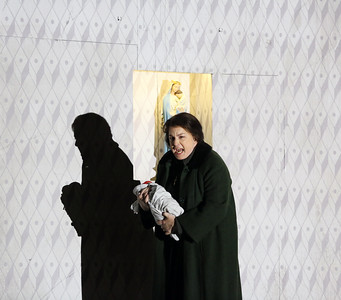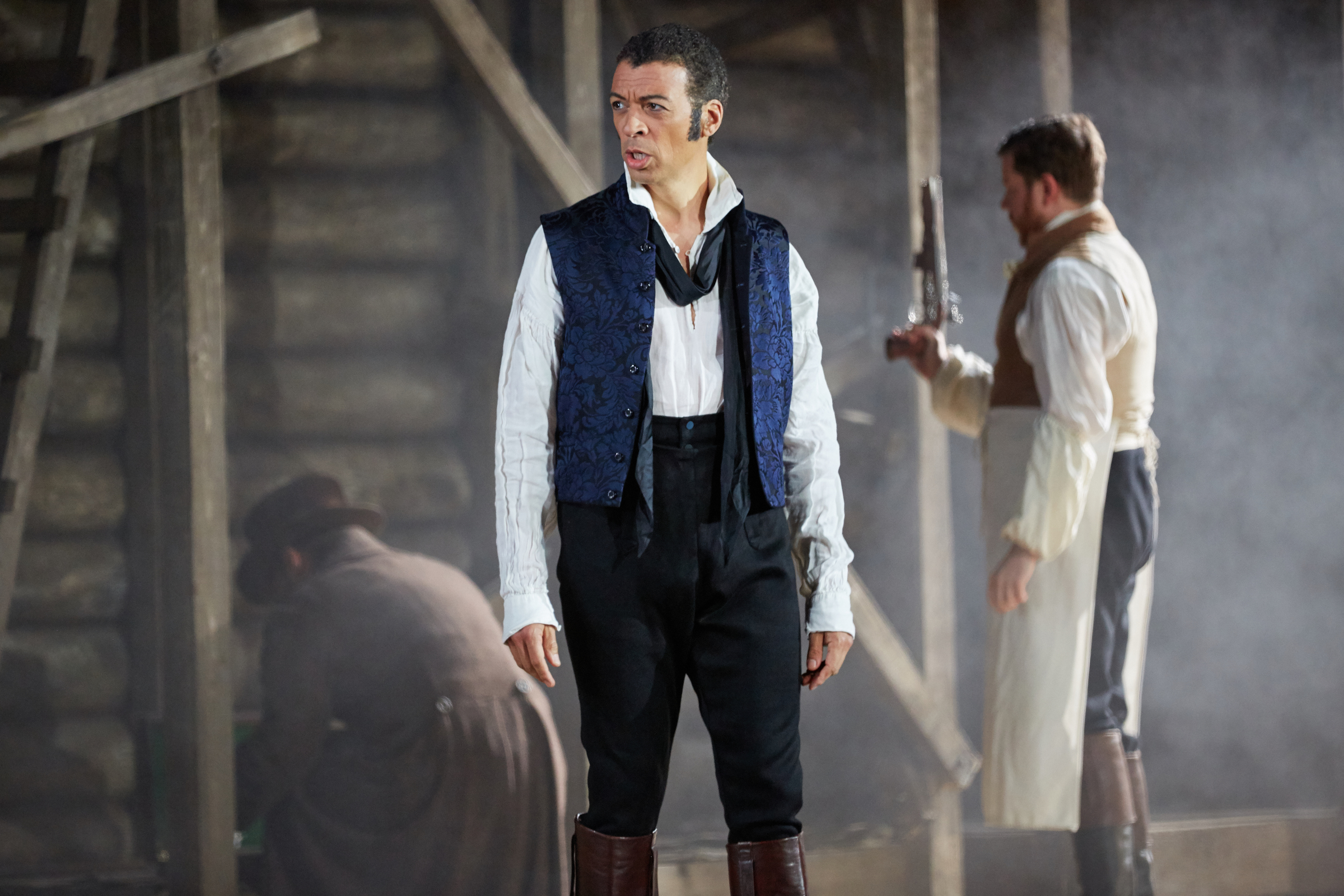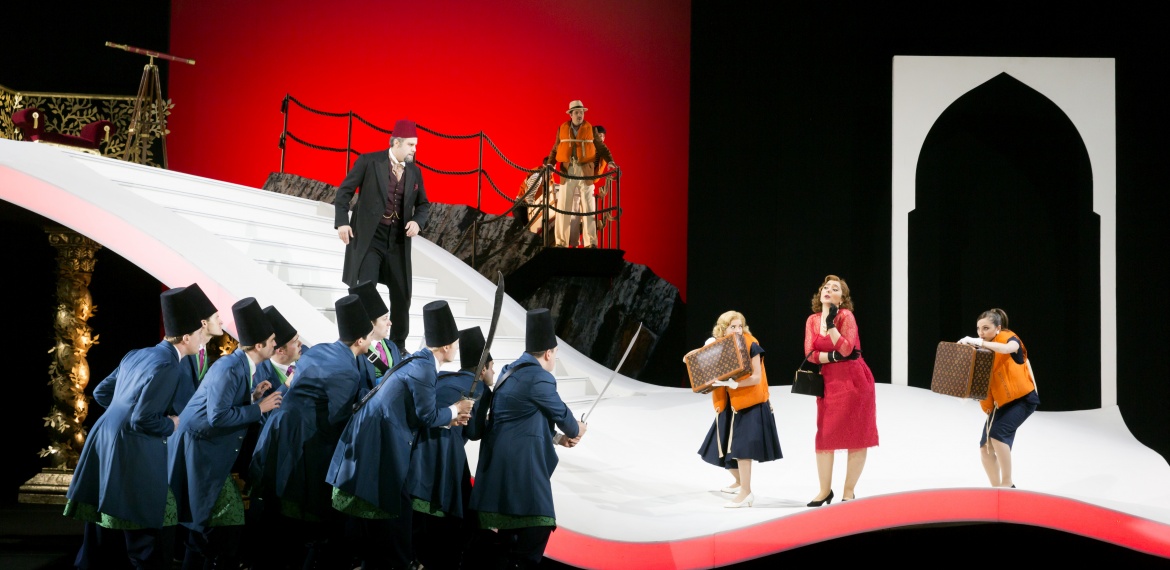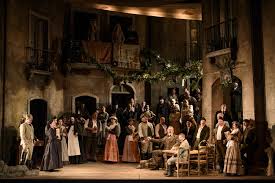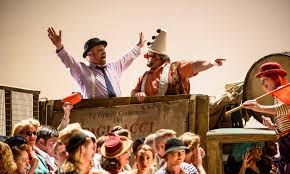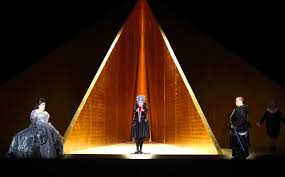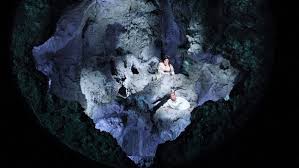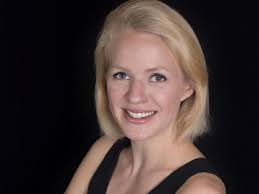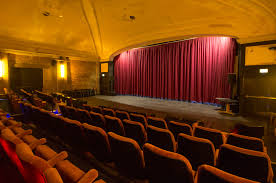All Saints, Hove, 1 July 2016
One hundred years on but the memory is as painful as if it was yesterday. Both my grandfathers survived the Somme, though one was gassed – but that was not the end for both were sent on to other fighting simply because they had survived.
My own memories of them could be set alongside the thousands of personal stories which came together in this moving tribute from Brighton Festival Chorus, drawing on letters, diaries and poems from the period as well as music. Using the lives of composers and poets as the link brought us rare pieces which deserve a far wider hearing.
Francis Warren was one of the many who died at The Somme but was a recognised composer from a very early age. His Ave Verum is a warmly embracing setting which flowered beautifully within the acoustic of All Saints. Herbert Howells’ Elegy for viola and strings is equally rarely performed which seems strange given that it would not be out of place alongside The Lark Ascending or any of the Butterworth English pieces. The darker tones of Nicholas Barr’s viola playing were particularly effective.
Jerusalem may seem a little out of place on such a reflective occasion, but we were reminded that it was written during 1916 while Parry was living close-by. We were encouraged to sing along with the choir which we did with enthusiasm. Elgar’s Give unto the Lord seemed strangely positive and extrovert, though the final plea for peace is very moving. It was good to note that the chorus are recording the work later this year.
The unexpected item was Tarik O’Regan’s And there was a great calm performed by Brighton Festival Youth Choir. The gently lyrical first half gives way to a lively setting of Each shall arise and an affirmative conclusion with words by Thomas Hardy. Though a modern piece it sat easily alongside the Edwardian works which surrounded it and the youthful voices added a level of joy which was infective.
The whole of the second half was given over to Vaughan Williams’ Dona Nobis Pacem. This may, technically, be a collection of earlier pieces but it certainly does not come across that way in performance, with the sections flowing naturally into one another. There are widely contrasted pieces here, ranging from Walt Whitman to Biblical texts, with the heart of the work built around a funeral procession for two veterans. It is a moving and challenging piece, and perfect for this occasion, where it allowed us to enjoy the solo singing from Ellie Laugharne and Sebastian Charlesworth and the discreet accompaniment of the Arcadian Ensemble.
James Morgan conducted and introduced the first half, managing to tread a very discrete path between the seriousness of the occasion and seeming too relaxed or familiar.


